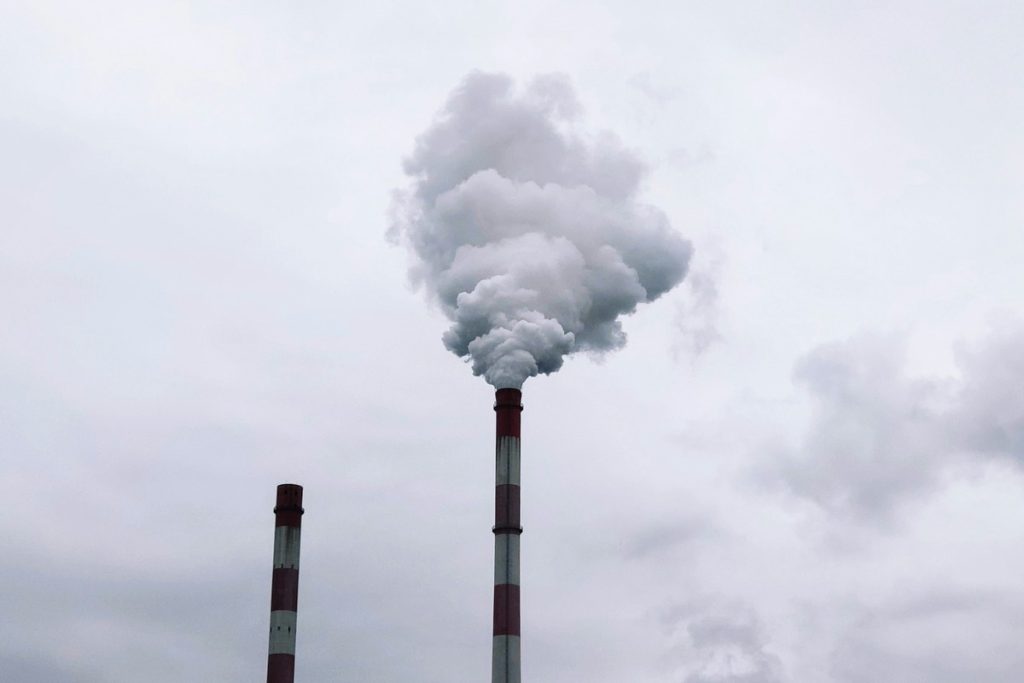Ammonia production is on the hot seat for its weighty contribution to greenhouse gas emissions, something the experts at MIT are tackling with a proposed solution that’s elegant in its simplicity. It’s a chemical used primarily for fertilization, but also for textiles and certain plastics, and it has a dirty environmental track record, chalking up to 20 percent of the chemical industry’s greenhouse gas emissions. MIT researchers have found that by combining the “blue” and “green” methods for producing this ubiquitous compound, we could slash emissions up to 63 percent compared to the current low-emissions standard.
In the study published by MIT, the researchers outline how this combo method utilizes the waste products more efficiently than either of the independent approaches. Historically, ammonia production has relied on the Haber-Bosch process, a necessary evil for meeting the global food demand which conversely pumps a significant amount of carbon dioxide into the atmosphere through its high-heat, high-pressure modus operandi.
Now, blue ammonia — which captures and sequesters greenhouse gases on-site — and green ammonia — using electricity from renewable sources to produce hydrogen — represent cleaner alternatives emerging in the industry. But, according to William H. Green, Hoyt C. Hottel Professor in Chemical Engineering and a director at MIT, there’s significant room for improvement. “Ammonia has the most carbon dioxide emissions of any kind of chemical,” Green told MIT, emphasizing the urgent need to refine these processes.
Marrying the blue and green production methods can leverage the excess oxygen from the latter, which green plants would otherwise vent, and cater to the blue process’s need for pure oxygen. It’s all about synergy, which Green believes could make hybrid “blue-green ammonia” facilities a stepping stone to a cleaner chemical production future. This new method faces the economic reality that, while promising, green ammonia is still not cost-effective “except in very special situations” – a hurdle that a hybrid plant could help overcome.
Despite the optimism, Green is candid about the road ahead, stating, “no one has ever built one” of these combined plants. While the theoretical groundwork laid out by MIT can serve as a compass, practical challenges surface only when ideas confront the brick-and-mortar world of industry. However, even without tangible examples just yet, the prospect presented by MIT’s analysis is stirring interest among environmentalists and industry players alike, aiming to decarbonize a staunchly emissions-intensive field.
Ghent University’s professor Kevin van Geem, unassociated with the MIT research yet an expert in the field, gave the study his nod. He praised the effort, noting its rigorous analysis and potential impact by saying, “The analysis is rigorous, with validated process models, transparent assumptions, and comparisons to literature benchmarks.”

